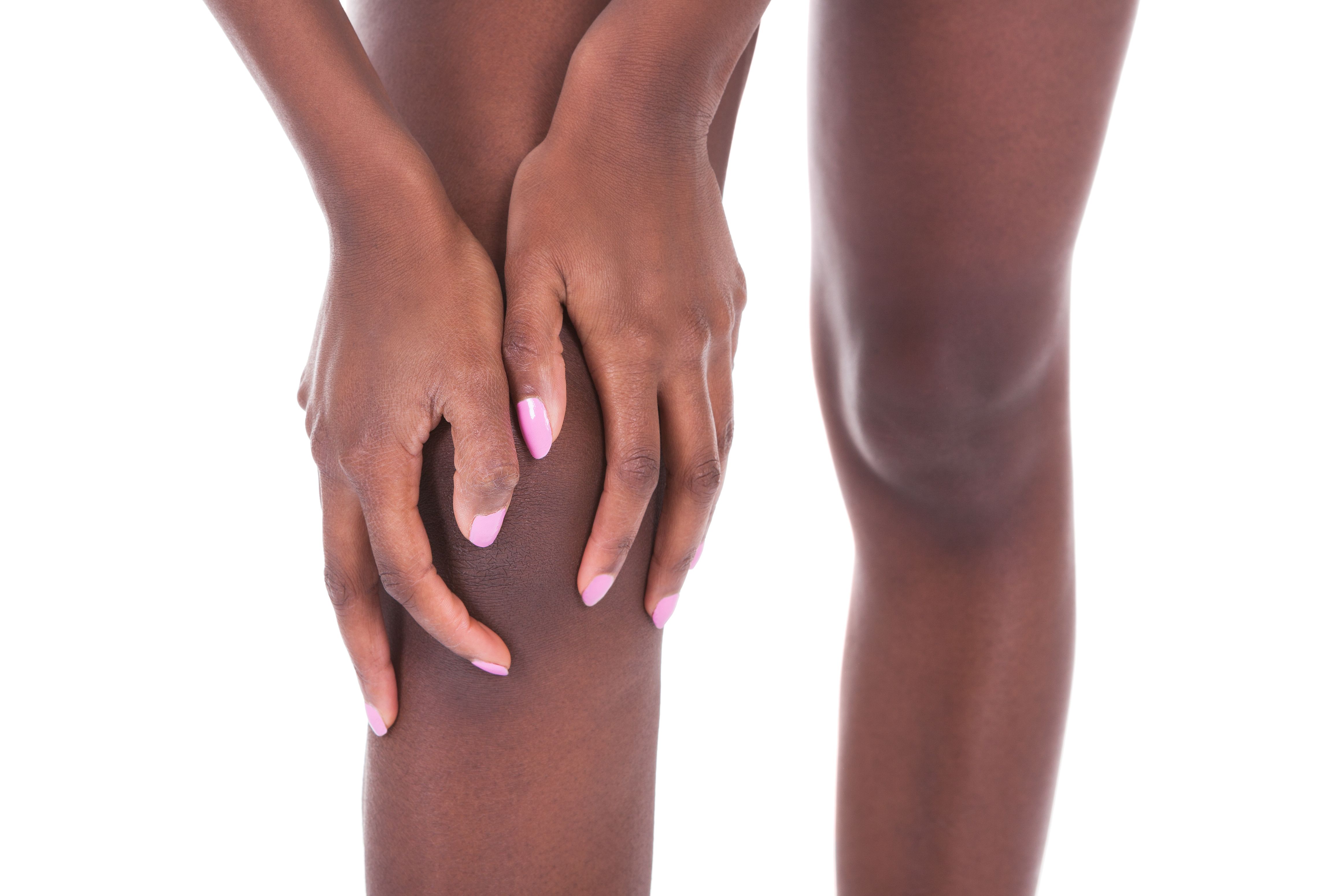Article
Knee Osteoarthritis Pain Intensity is Gender-Related
Author(s):
Levels of the biomarker urine C-telopeptide of cross-linked collagen type II (uCTX-II) are independently associated with radiographic severity and pain intensity in knee osteoarthritis, say researchers writing in Arthritis Research & Therapy this month.
Biomarker differences between genders should be taken into account when evaluating knee osteoarthritis, new research shows.. (©AndreyPopov,AdobeStock)

Levels of the biomarker urine C-telopeptide of cross-linked collagen type II (uCTX-II) are independently associated with radiographic severity and pain intensity in knee osteoarthritis, say researchers writing in Arthritis Research & Therapy this month.
Excessive cartilage degradation is a known characteristic of osteoarthritis, which affects more than 250 million people globally. Biomarkers, such as uCTX-II, have been shown to be associated with disease severity and pain, but the association with known biomarkers of bone turnover, including uCTX-I and serum (s)-osteocalcin, has challenged the view that uCTX-II reflects cartilage degradation. Meanwhile, whether early- or late-stage disease, or single or multiple joint involvement contribute equally to uCTX-II levels remain unclear.
In this post-hoc analysis of two clinical trials, which included 1,241 patients, investigators zeroed in on the association between symptomatic knee osteoarthritis at different radiographic stages and pain categories with levels of uCTX-II, uCTX-I and s-osteocalcin to further investigate the tissue origin and pathological relevance of these biomarkers.
Body mass index, age, gender, the radiographic stage of knee osteoarthritis, (Kellgren-Lawrence grade) and notably weight-bearing pain were found to be independently associated with uCTX-II. The uCTX-II level incrementally increased with higher radiographic severity of each knee. In the groups of highest combined Kellgren-Lawrence grades, the average level of uCTX-II was found to be more than double that of those with early disease stages. Levels of uCTX-I and s-osteocalcin were both significantly associated with body mass index and gender, but not radiographic severity.
“The lack of significant associations between uCTX-I, s-osteocalcin and radiographic disease stage suggest that these markers may not be sensitive measures of the role of bone turnover,” wrote the authors, led by Asger Reinstrup Bihlet, M.Sc., of Nordic Bioscience Clinical Development in Denmark.
Biomarker levels between male or female groups of identical Kellgren-Lawrence scores were higher in females in some but not all Kellgren-Lawrence score groups. “The data suggest that biomarker differences between genders should be taken into account when evaluating these markers in the context of structural features of osteoarthritis,” the authors wrote.
Meanwhile, as only one patient with a Kellgren-Lawrence score of three or above in one knee had a score of 0 in the contralateral knee, and 1.6 percent of participants had contralateral scores of one and three or above, the researchers suggested that unilateral knee osteoarthritis may be rare in patients with symptomatic knee osteoarthritis.
“It is uncertain from the results of the current analysis if the association between CTX-II and Kellgren-Lawrence grade is driven by osteophytes, joint-space narrowing or bone sclerosis. “Our data support prior results indicating that uCTX-II is an important biomarker in osteoarthritis, but suggest that uCTX-II has limited utility in assessing osteoarthritic characteristics solely originating from bone, regardless of etiology,” the authors wrote.
REFERENCE
Asger Reinstrup Bihlet, Inger Byrjalsen, Anne-Christine Bay-Jensen, et al. “Associations between biomarkers of bone and cartilage turnover, gender, pain categories and radiographic severity in knee osteoarthritis.” Arthritis Research & Therapy. September 3, 2019. doi: 10.1186/s13075-019-1987-7.
2 Commerce Drive
Cranbury, NJ 08512
All rights reserved.




